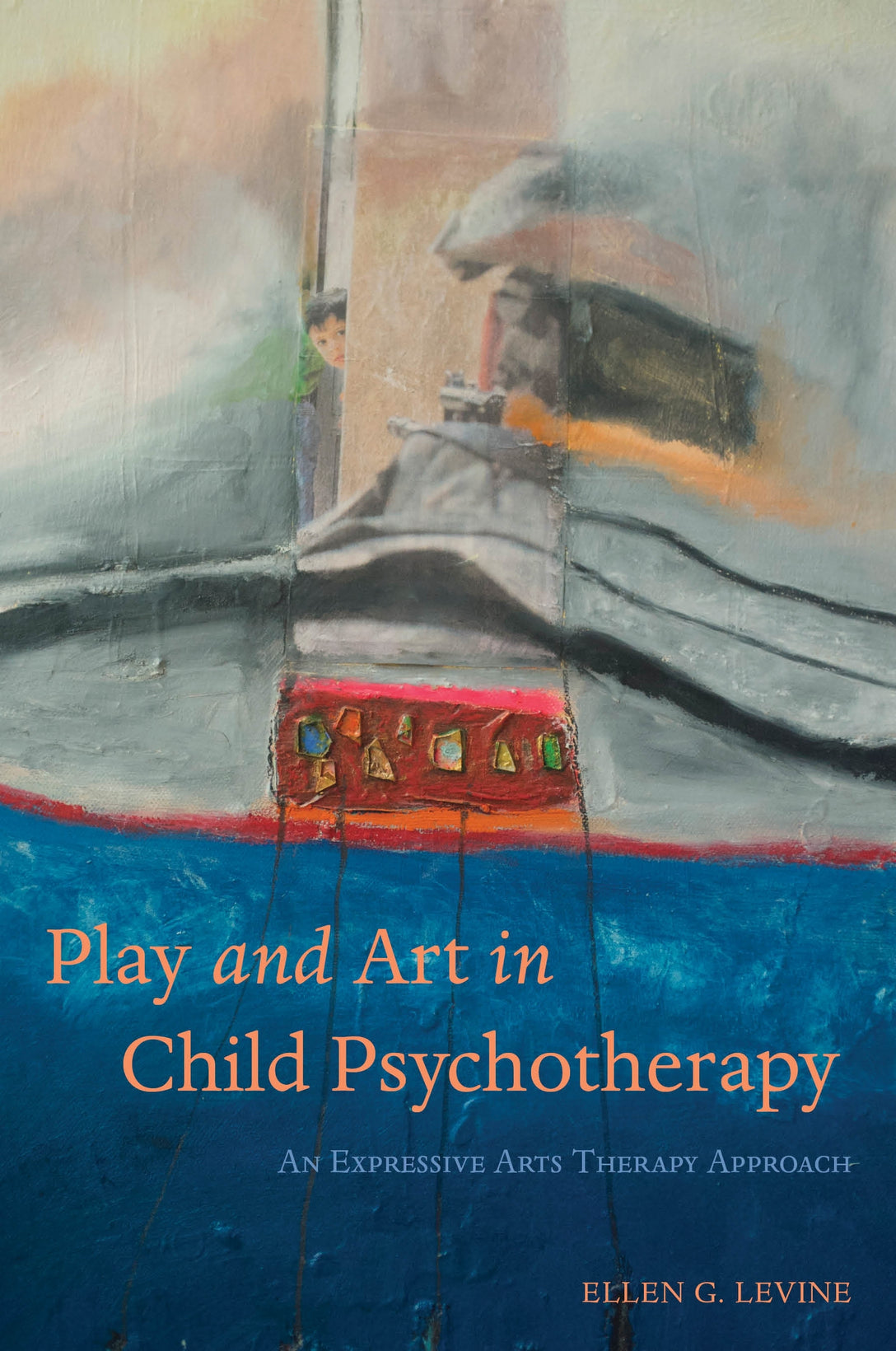
Press Reviews
Shaun McNiff, University Professor, Lesley University, and author of Art Heals, Integrating the Arts in Therapy, Art-Based Research and Imagination in Action
Based on decades of experience as an artist, researcher, educator, and child psychotherapist Ellen Levine, author of many of the leading texts giving shape to the ever-emerging expressive arts therapy field, has created her culminating and most significant work in Play and Art in Child Psychotherapy. Among the many innovative features of the book is its unique contribution to art-based research emphasizing how the therapist's artistic reflection on sessions generates different ways of understanding, all influenced by the qualities of the various media used. Those wanting to see what art as research looks like, will find inspiration in how Levine's practitioner research expands essential expressive arts therapy experiences as a way of understanding. She demystifies research, making it inseparable from elemental and ongoing practice, helping us "play with" problems, discover the "beauty that sustains," and ultimately return insights to the work where there is always more to see. Ellen Levine's writing looks and feels like expressive arts therapy. It transcends linear, hierarchical, and formulaic schemes, modeling how art happens organically in every aspect of the experience from the client's exploration to the therapist's reflection and the overlapping space of imagination where they create together and make new and unexpected worlds.
Cathy Moon, Professor and Chair, Art Therapy Department, School of the Art Institute of Chicago, author of Studio Art Therapy and editor of Materials and Media in Art Therapy
This superbly crafted book is a gem! It is Levine's gift to the profession, culled from her many years of experience as a therapist, artist, educator, and researcher. Through her engaging, accessible style of writing, she brings to life an aesthetic approach to therapy and research that is profoundly respectful of children and families, and that honors the potential of the arts to access individual and collective resilience.
Sally Atkins
American Academy of Psychotherapists JournalDrawing on her many years of psychotherapy practice with children and their families as well as her teaching in the field of expressive arts therapy, Ellen Levine offers a clear and accessible text that integrates child psychotherapy with art therapy and expressive arts therapy... A unique aspect of these case studies is that Levine uses the expressive arts model of intermodal decentering along with dialogue as a framework for peer supervision with her husband, Dr. Stephen K. Levine, incorporating decentering as a collaborative arts-based research methodology to reflect upon her clinical work with each of her clients.... This well-written book inspires imaginative ways of working based on solid theoretical grounding. It offers to professionals and to students ways to adapt expressive arts work to the needs and challenges of children and their parents. It is a significant contribution to the emerging literatures in child psychotherapy, in expressive arts therapy and in arts-based research. Levine offers valuable insight and inspiration for practitioners working with children and families in the fields of psychotherapy, psychology, psychiatry, social work and art therapy to approach clinical work with openness for surprises and a playful and deeply respectful attitude.
